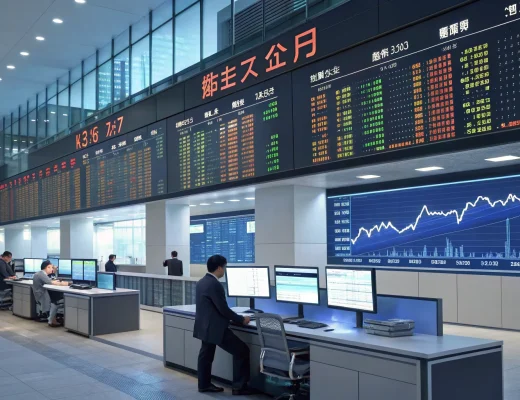President Donald Trump has announced a new round of tariffs targeting nearly every country worldwide, marking a significant expansion of his administration’s protectionist trade policies. The sweeping announcement represents one of the most extensive applications of tariffs in recent U.S. history and signals a continued commitment to reshaping America’s trade relationships.
The latest tariff declaration follows previous rounds that primarily focused on China, the European Union, and select trading partners. This expansion now affects almost all international trade partners, creating uncertainty in global markets and raising concerns about potential retaliatory measures.
Global Economic Impact
Economic analysts warn that the new tariffs could disrupt supply chains that have been established over decades of globalization. Many U.S. manufacturers rely on imported components, and higher tariffs may increase production costs that could ultimately be passed on to American consumers.
Financial markets responded immediately to the announcement, with stock indexes showing volatility as investors assessed the potential impact on corporate profits and economic growth. Currency markets also reflected the uncertainty, with the dollar’s value fluctuating against major trading partners’ currencies.
“These tariffs represent a fundamental change in how the United States engages with the global economy,” said a White House statement accompanying the announcement. The administration maintains that the measures will protect American jobs and reduce trade deficits.
International Response
Trading partners have begun preparing responses to the U.S. action. The European Union, China, Japan, and Canada—all significant U.S. trading partners—have indicated they may implement countermeasures if the tariffs take effect.
The World Trade Organization (WTO) faces increased pressure as member nations consider filing formal complaints against the United States. The organization, already strained by previous trade disputes, must now address what could become the largest set of simultaneous trade conflicts in its history.
Diplomatic channels have been activated across multiple continents as foreign governments seek clarification or exemptions from the new tariff structure. Several U.S. allies expressed surprise at being included in the sweeping measures.
Domestic Reaction
The announcement has divided U.S. business and political leaders. Manufacturing sectors that compete directly with imports have generally supported the move, while industries dependent on global supply chains or export markets have expressed concern.
Congressional reaction has split largely along party lines, with some Republicans breaking ranks to question the wisdom of such broad tariffs. Democratic leaders have criticized both the substance of the policy and the unilateral approach taken by the administration.
U.S. agricultural interests, already managing the effects of previous trade disputes, face particular uncertainty as foreign markets may become less accessible if retaliatory measures target American farm products.
Economic Rationale and Criticism
The Trump administration defends the tariffs as necessary to address what it characterizes as unfair trade practices by multiple countries. Officials point to persistent trade deficits as evidence that current arrangements disadvantage American workers and businesses.
Critics of the policy include:
- Economists who warn about increased prices for consumers
- Business leaders concerned about supply chain disruptions
- Trade experts who question the effectiveness of tariffs in achieving stated goals
Many economists note that trade deficits result from multiple factors beyond trade policy, including domestic consumption patterns, savings rates, and currency valuations.
The announcement comes as the global economy faces other challenges, including inflation concerns, supply chain bottlenecks, and recovery efforts from the pandemic’s economic effects. Analysts suggest the timing could amplify both the intended and unintended consequences of the tariff policy.
As implementation details emerge in the coming weeks, businesses worldwide will be assessing their exposure and developing strategies to manage the changing trade environment. The full impact of this major policy shift will likely unfold over months as markets adjust and international responses materialize.







